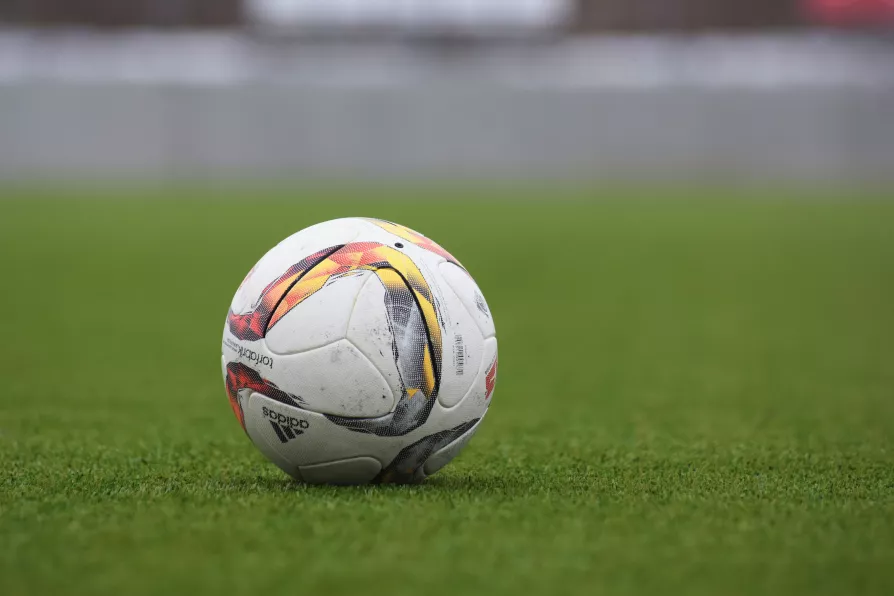
 [Peter Glaser / CC]
[Peter Glaser / CC]
THIS weekend Major League Soccer will experience its first-ever New York derby in the playoffs as New York City FC and New York Red Bulls face off in an Eastern Conference semifinal.
Such a clash has been a possibility since New York City joined the league in 2015, but though the teams have met regularly in the league and in other competitions, they have avoided each other in the post-season competition that determines the MLS champions — until now.

As football grapples with overloaded calendars and commercial pressure, the Mariners’ triumph reminds us why the game’s soul lives far from the spotlight, writes JAMES NALTON

JAMES NALTON writes how at the heart of the big apple, the beautiful game exists as something more community-oriented, which could benefit hugely under mayoral candidate Zohran Mamdani












